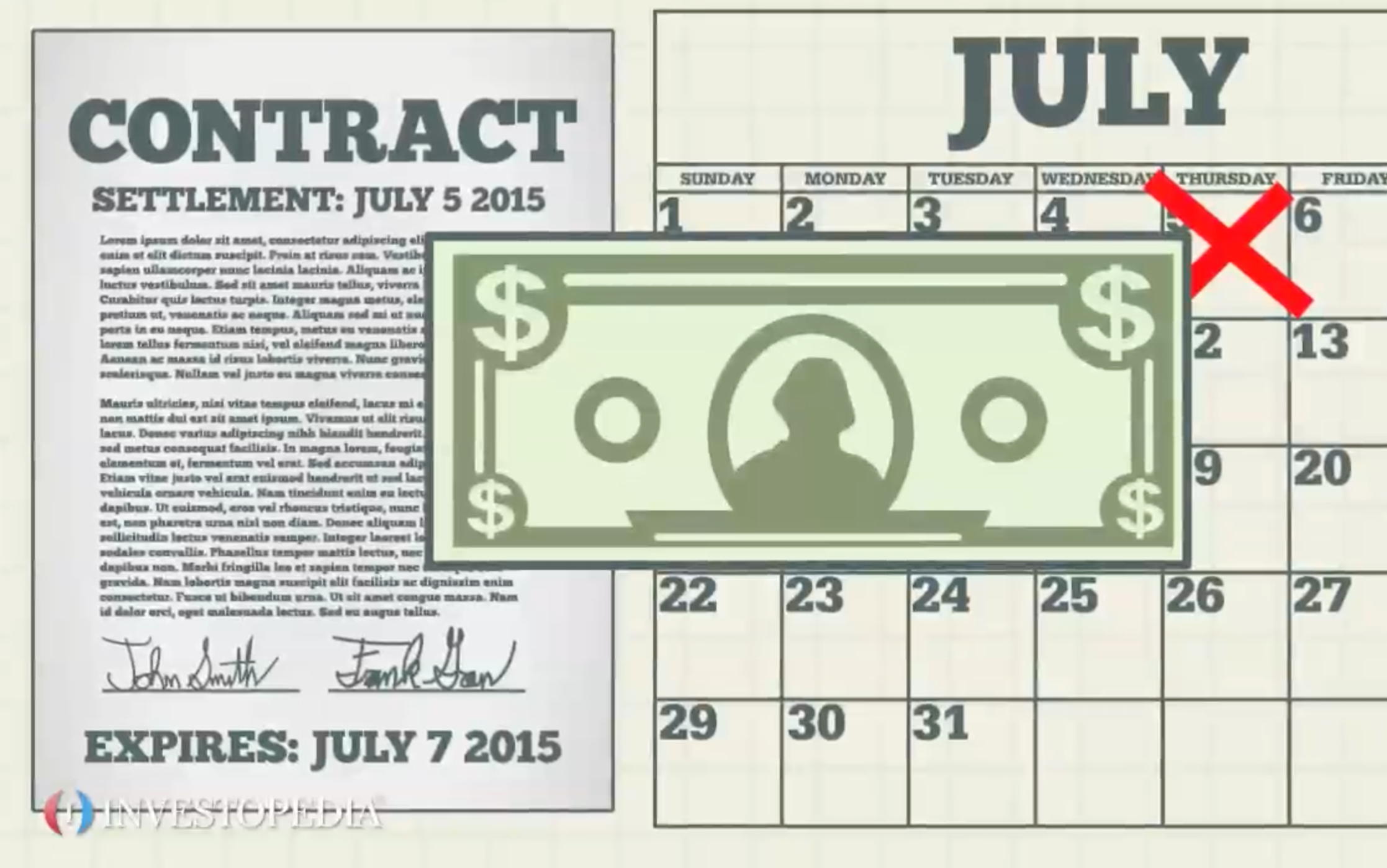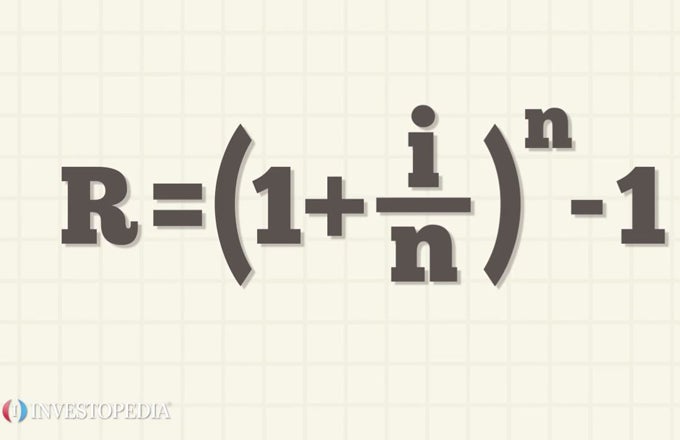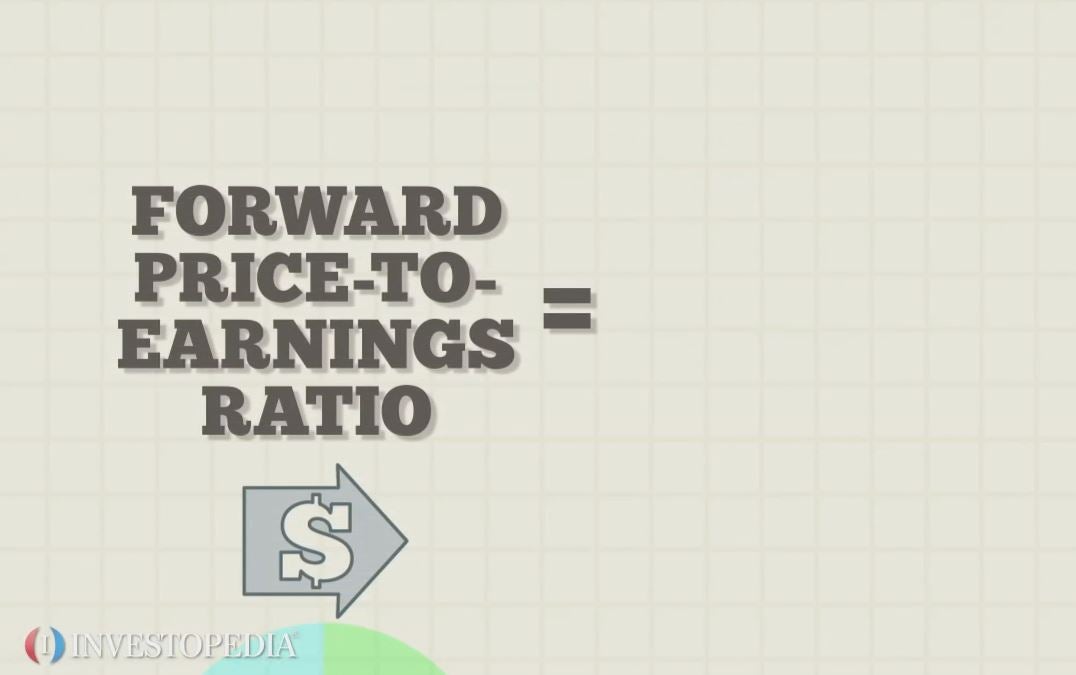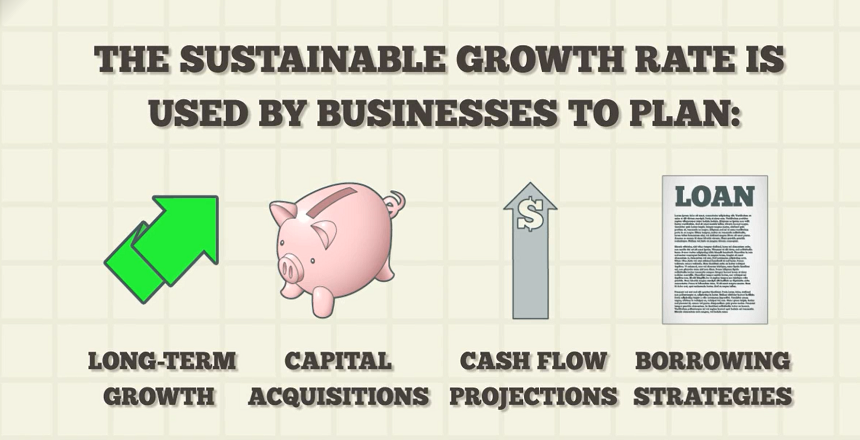Forward rate is a term used in both bond and currency trading to represent the current expectations of future bond interest rates or currency exchange rates.In bond trading, the forward rate is calculated based on interest rates for various maturities. These rates are typically plotted on a graph as a yield curve. An investor can buy a one-year bond and hold it for the year, or he can buy a six-month bond, and then at the end of the sixth months, buy another six-month bond. Under these two scenarios, the investor knows the interest rates for both the one-year bond and the first six-month bond. He does not know the actual interest rate for the second six-month bond, because it’s in the future. The forward rate is the predicted interest rate on the second six-month bond that shows the investor that he would earn the same under either scenario. Forward rates for interest are watched closely as economic indicators. In currency markets, the forward rate is the agreed-upon rate at which the parties will exchange currencies on a future date. These contracts are used by multinational companies to hedge against currency fluctuations. For example, Kinsman corp. has six months before paying a contract with Casanova Co., and can enter into a six-month forward rate contract with a bank. This allows Kinsman to “lock in” an exchange rate for the euro, and thus prevents exchange rate fluctuations from affecting profit margins.





